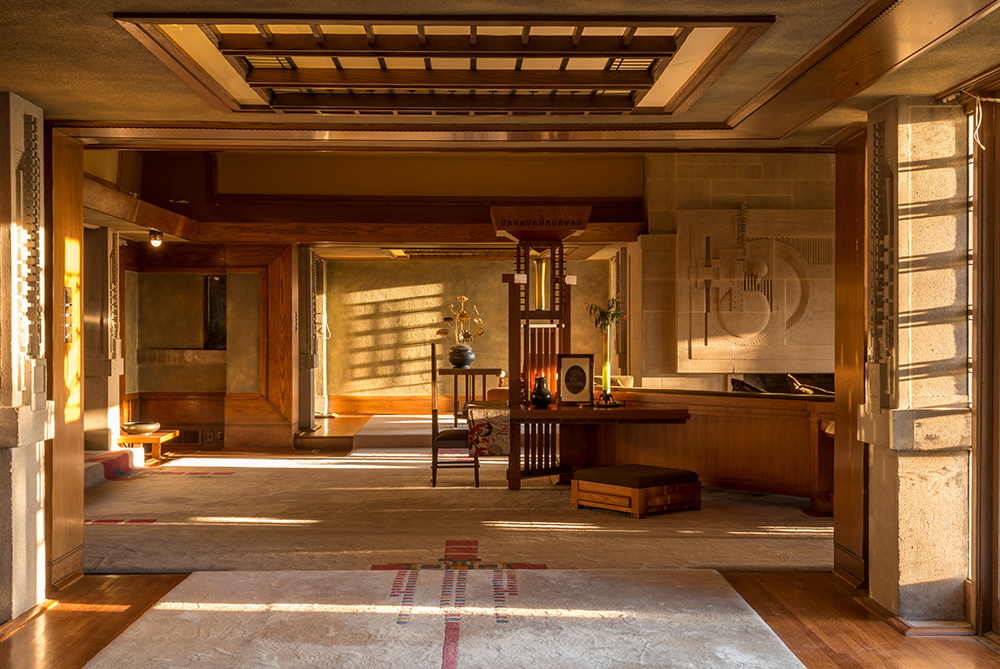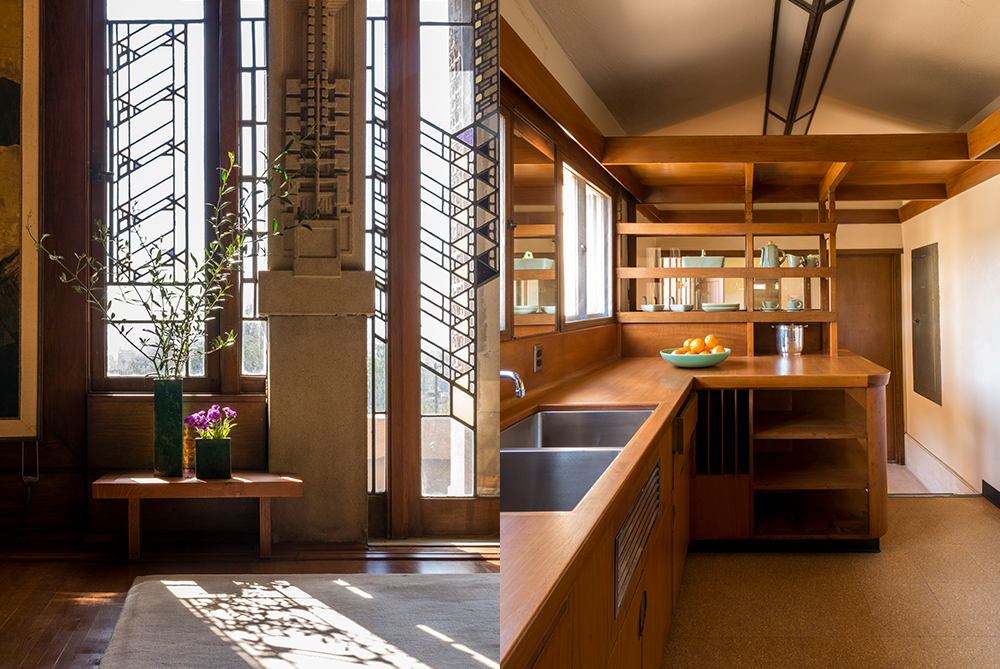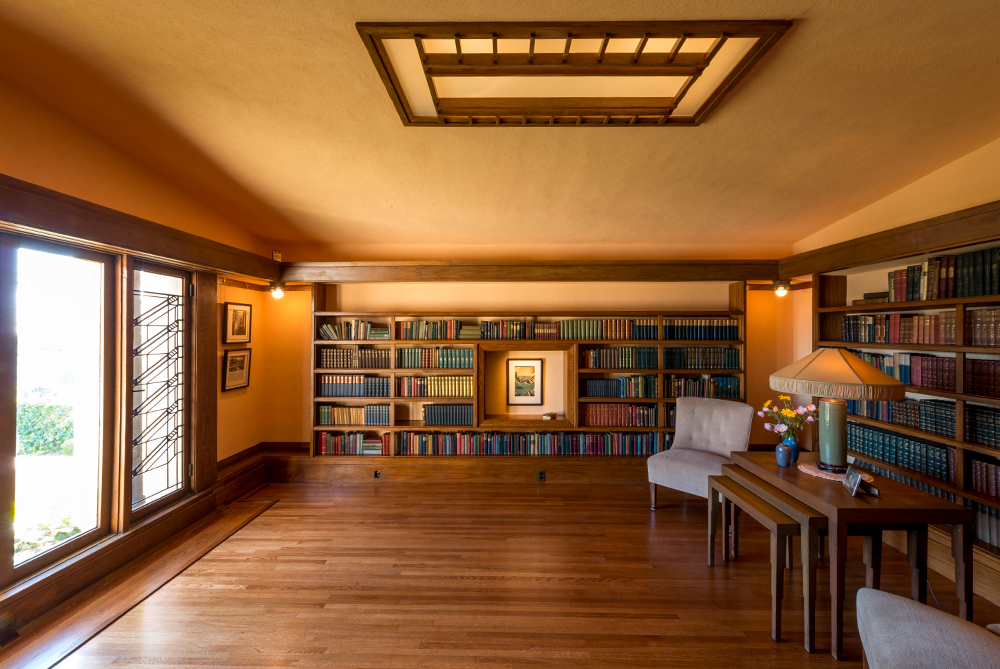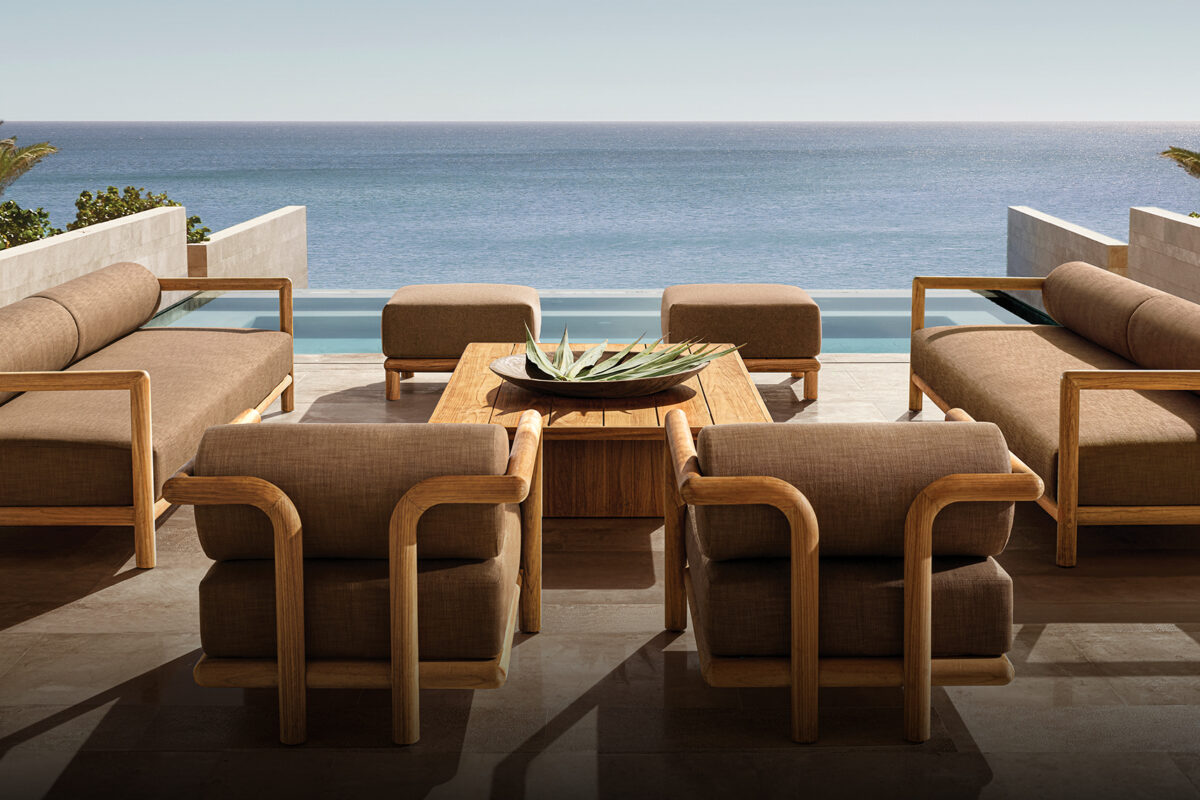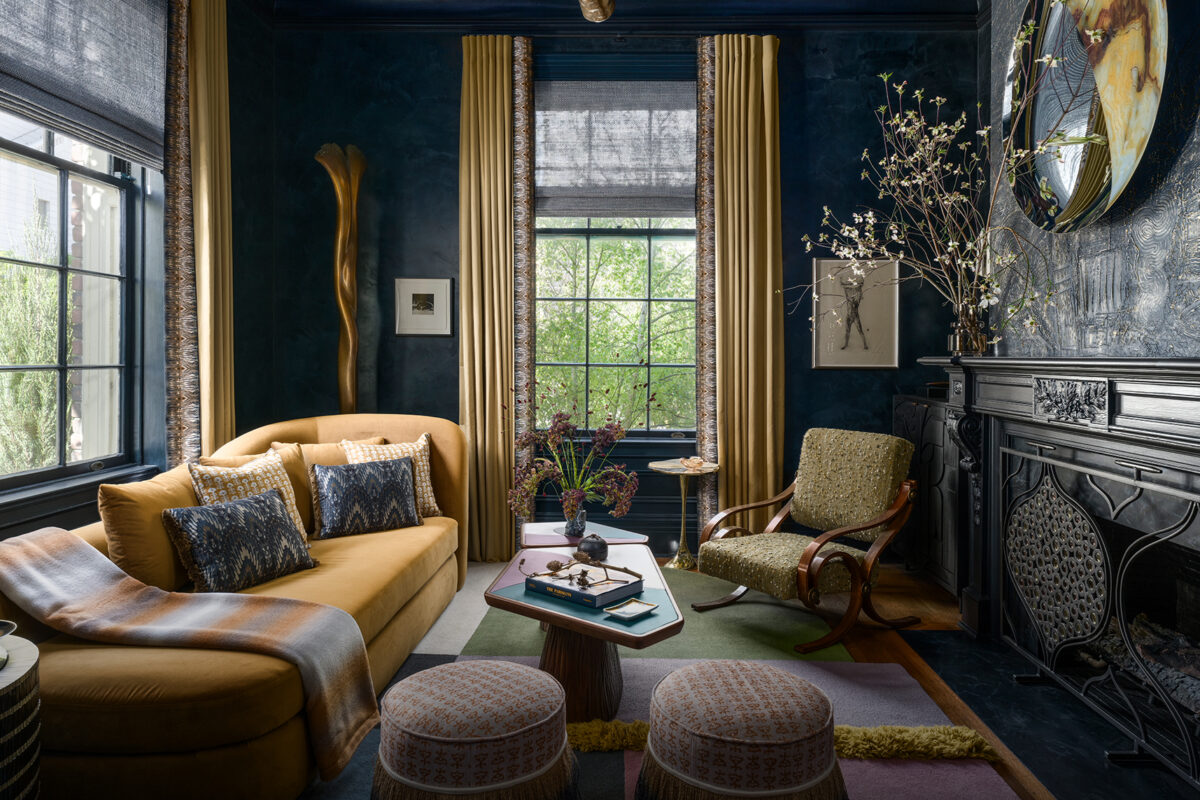Following the Frank Lloyd Wright masterpiece’s new designation, its major champion, the Barnsdall Art Park Foundation, shares what’s to come
Words by KATHRYN ROMEYN
Of all the UNESCO World Heritage Sites in the world (and there are more than 1,000), the City of Angels could claim exactly none — until this July, when the organization deemed Hollyhock House alongside seven other Frank Lloyd Wright masterpieces worthy of joining the ranks. It was a history-making designation for another reason, too: The very first to recognize modern architecture in the U.S. For some context, they’re now in the esteemed company of the Taj Mahal, Pyramids of Giza, and Statue of Liberty. No small honor.
“It really makes sense. Modern architecture is such a big deal in L.A., and [this] is a modern city, so for this to be the first UNESCO site in L.A. — and the first manmade one in California — is a nod to how important Frank Lloyd Wright’s legacy is in this city,” says Bill Macomber, board president of Barnsdall Art Park Foundation.
Hollyhock House sits in the 11-acre Barnsdall Art Park (operated by the foundation, the 501c(3) nonprofit whose mission is making the park a dynamic artistic and cultural destination for locals and visitors), and was originally built between 1918 and 1921 for oil heiress Alice Barnsdall. Ornate but simple, transportive yet evocative, the house is the widely accepted forerunner to California modernism.
“For this to be the first UNESCO site in L.A. is a nod to how important Frank Lloyd Wright’s legacy is in this city”
“Knowing that modern architecture on the West Coast started here fills me with awe every time I visit the park and the house,” Macomber says, adding the home didn’t only introduce Wright to SoCal, but draftsmen who would become household names: Richard Neutra and Rudolph Schindler among them. With its central courtyard, complex split levels, introverted windows, flat roof, Mayan Revival–style exterior walls, geometric leaded glass, bas relief fireplace with romantic moat, and (likely) first-ever built-in entertainment center, it’s a modernist’s dream.
The foundation’s support of Hollyhock has come in many forms, including self-guided tour booklets, restoration projects, period interior decor acquisitions, landscape maintenance, research commissions and unheralded behind-the-scenes advocacy in monitoring nearby developments that could have negatively impacted UNESCO inscription. Its fundraising played a large role in enabling a major rehabilitation a decade ago. It seems the UNESCO designation is invigorating more beyond the foundation: The city of L.A., Macomber says, is already stepping up its care and maintenance of the park, and district councilman Mitch O’Farrell allocated $2 million to the rehabilitation of Residence A, Wright’s other structure on the Hollywood hill.
The last decade has seen an ever popular summer wine tasting series selling out most weeks and drawing some 6,000 people each season, according to Macomber. (These events have raised well over $1 million.) “The docents who lead the ‘add-on’ tours at the wine tasting love the evening light that spills through Wright’s exquisitely designed windows,” he says, adding that “because the event is ticketed and limited, guests are able to see more of the house.”
Beyond these evenings, FLW fans can take self-guided or 20-minute docent-led tours Thursday to Sunday, or 45-minute docent-led tours on Tuesdays and Wednesdays. The newest initiative, the Virtual Accessibility Experience, launches this summer, giving digital virtual reality access to anyone, anywhere. And on Oct. 3, the Frank Lloyd Wright Building Conservancy is partnering with the foundation to celebrate with a special sunset farm-to-table dinner during its upcoming L.A. conference — guests can attend by signing up to support the Conservancy on the Save Wright website.
Of course, there’s so much intricate detail and Wright ingenuity that it can’t all be appreciated in a single visit to Hollyhock House. In a way, it’s a living, breathing thing. “The poured concrete Hollyhocks took me many years to understand since they are so abstracted,” Macomber says. “Then one day I was looking at a hollyhock in bloom and saw one in the background, and realized what FLW had done. Brilliant!”
Feature image: Situated on Olive Hill, HOLLYHOCK HOUSE affords stunning, albeit accidental, views of the Hollywood sign and GRIFFITH OBSERVATORY — neither of which existed when ALINE BARNSDALL conceived of the complex in 1919 (the sign was built in 1923; the observatory in 1935). Photo courtesy of Barnsdall Art Park Foundation.
Aug. 6, 2019
Discover more news in every issue of C Magazine.
